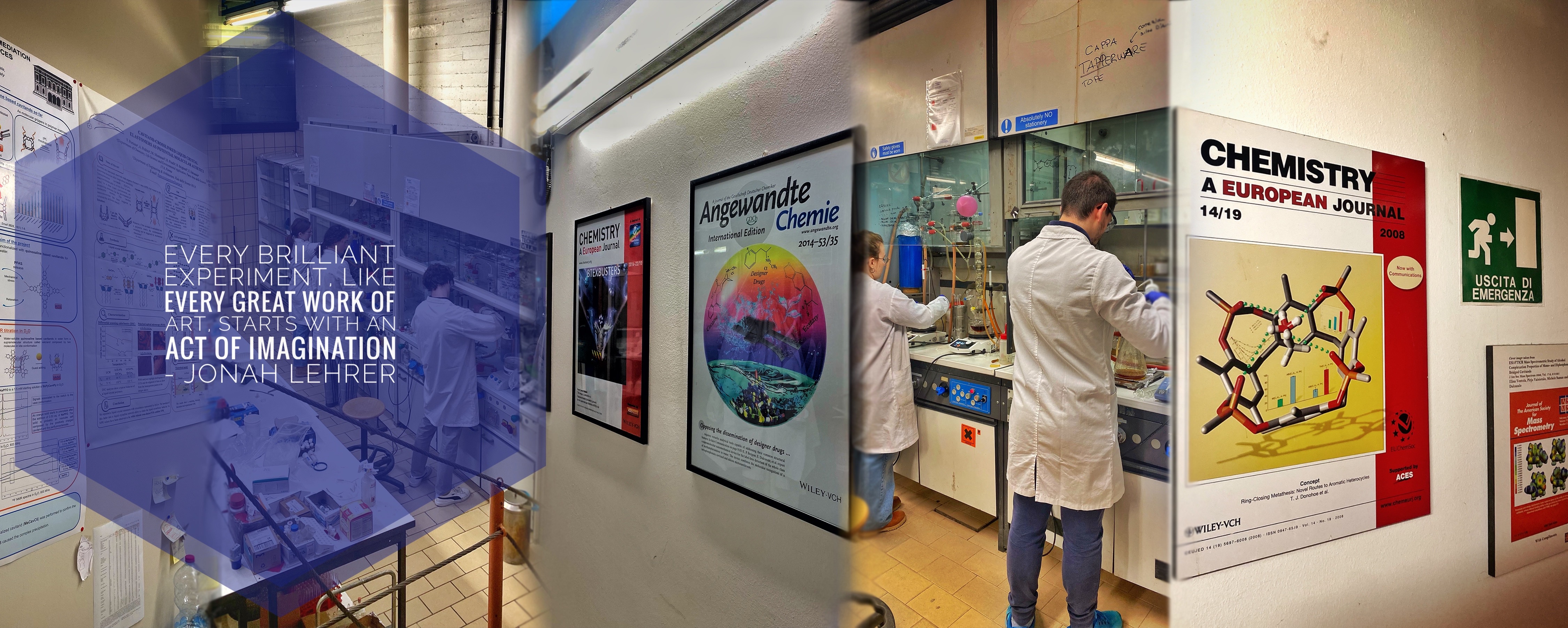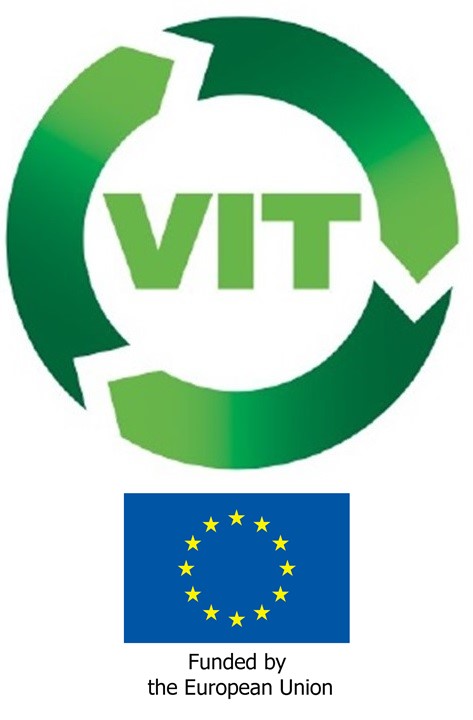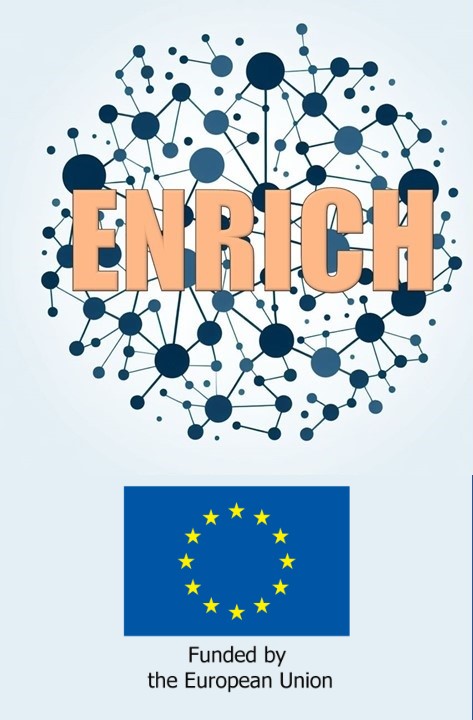



The VIT project, approved and funded by the European Commission under the last call of the Horizon 2020 MSCA-RISE, is coordinated by our research group. The international consortium, consisting of 10 academic research groups spanning three continents (Europe, America, Asia), along with two innovative companies (Bormioli Pharma and Portuguese Plux Wireless Biosignals), focuses on Polymer engineering via molecular design, specifically dealing with vitrimers. Vitrimers are novel polymers possessing thermoset-like mechanical properties at operating temperatures, yet they exhibit thermoplastic flow at elevated temperatures. This unique characteristic addresses challenges associated with the use of composites in structural applications, as traditional composites cannot be easily recycled due to their inability to flow at high temperatures. The VIT project aims to enhance vitrimers with optical and electrical properties, making them suitable for use in sustainable mobility, particularly in electric cars (E-cars). The goal is to ensure that these properties persist even after recycling, aligning with the principles of the circular economy, specifically the "use-reuse-repair-recycling" paradigm. The project involves the secondment of 97 PhD/postdoc students across Europe and globally to capitalize on the consortium's expertise in chemistry and functional materials processing. The overarching objective is to develop an advanced generation of vitrimers capable of meeting the requirements of both sustainable mobility and the circular economy. Additionally, the project seeks to foster the careers of young researchers and enhance international and intersectoral scientific collaborations.

Scientific studies indicate that inefficient epigenetic control is associated with a wide variety of non-communicable diseases (NCDs) like cancer, schizophrenia, and diabetes. Indeed, histone post translational modifications (PTMs) are crucial for many cellular processes including transcription and DNA repair. Thus, the ability to readily and reliably detect PTMs is crucial to better understand epigenetic processes and the complex functions of histone PTMs in human diseases. Mass spectrometry (MS) is the technique of choice to identify such modifications across the proteome. MS requires an enrichment step generally performed using antibodies, but these have several limitations such as high costs, batch-to-batch variability and data reproducibility. In a multidisciplinary effort ENRICH aims at developing new cost-effective, fast and efficient tools for the enrichment of post translationally modified proteins overcoming the current limitation. ENRICH will functionalize nanoparticles (NPs) with molecular receptors able to enrich PTMcontaining peptides, derived from proteolytic digestion, for subsequent MS analysis. Concurrently, the ability and selectivity of the synthesized receptors and functionalized NPs will be evaluated via spectroscopic analyses. The ENRICH network gathers the expertise required to tackle this challenge. The consortium is composed of 9 high-level academic research groups from 2 different continents (Europe and America) and 2 highly innovative companies. By the seconding of 87 ERs/ERSs across Europe and worldwide, the aim is to capitalize on the consortium expertise in complementary fields such as chemical synthesis, spectroscopy, and proteomics. The network promotes an effective integrate training of researchers, boosting their career development, and promotes collaborations between the partners. The direct involvement of industries guarantees the timely exploitation of the results from research laboratories to innovative products.